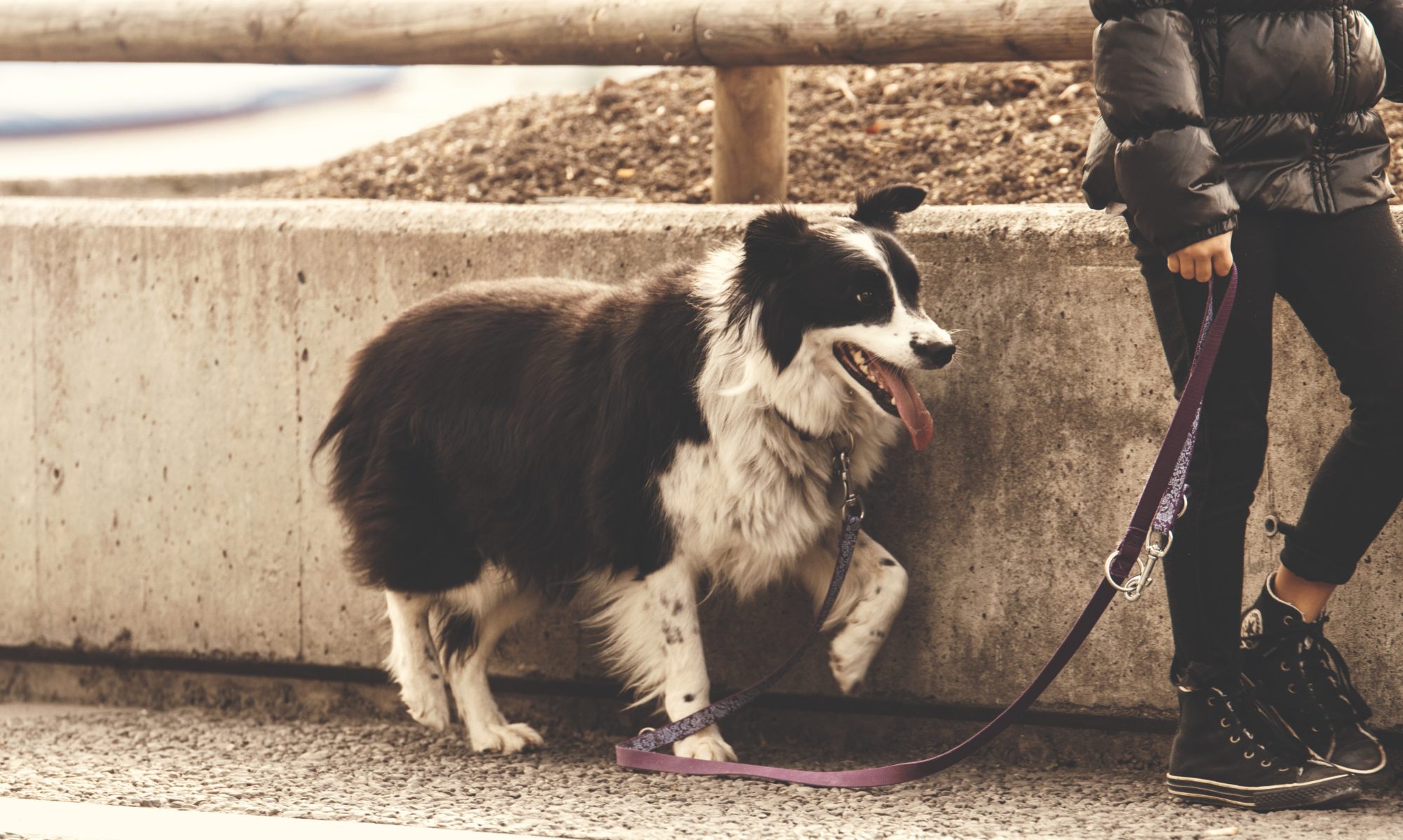Hiring a pet sitter can bring you peace of mind when you have to leave town. However, many new clients aren’t completely sure how they should prepare. It might seem overwhelming at first but, in my experience, a great visit can be ensured in only 4 steps.
1. Leave detailed instructions
Many clients laugh and apologize for leaving behind a novel-length set of instructions, but pet sitters like myself love them!
It’s important to provide as much detail as you can about your pets, from their bathroom schedule to their personalities. Pet sitting is more than just knowing when dinnertime is. We want to make your fur-kids happy, and in order to do that we have to know what they like. According to Care.com, it’s helpful for pet owners to tell sitters about specifics, like favorite games or walking routes. It is hugely helpful for a pet sitter to know about their charges’ unique needs. While most experienced sitters can make do with limited info, we’re grateful for any details you give us.
Be sure to leave your pet sitter lots of information about your house as well as your pets. The amount of detail you will want to provide depends on how long your sitter will be staying. For overnight stays, it’s nice to mention things like the WiFi password, location of cleaning supplies, and instructions for using any appliances they may need. A sitter with detailed instructions won’t have to bother you with questions and can focus instead on your pets.
2. Have an emergency plan
Having an emergency plan is critical when you are leaving your pets in someone else’s care. Gather up essential information like your veterinarian’s contact details, pet’s immunization records, pet insurance card, microchip information, and clear photographs of all of your animals and make sure your sitter can easily get to them. Tell your pet sitter exactly what you would like them to do in an emergency so that they can react as quickly as possible if one does arise. You should also share with them the contact information of a neighbor or local friend/relative that will be available to help in an emergency situation. Think up contingency plans and locate the nearest 24-hour emergency vet, because emergencies don’t stick to business hours and even the best-laid plans can fall through.
Having an emergency plan is a must, but you hope it won’t be necessary. Proper preparation can greatly improve your odds of never putting your plan to the test. Before you hand over the keys to your pet sitter you should check your yard and home for any potential escape routes, secure potential hazards around your home, and inform your sitter of any known safety risks (such as an escape-artist cat or a leash-reactive dog). A good resource to check out is ADT’s Home Safety Checklist for pets, which offers lots of safety suggestions that might otherwise be overlooked. Make sure your emergency plan includes emergency prevention.
3. Overprepare
It’s a great idea to overprepare before you leave. You should make a point to stock up and leave behind more than enough food, medication, treats, littler, bedding, and pet supplies (even those that you don’t use very often). I have run into issues with a pet running out of food while their owner is away. It’s a relatively minor setback, but it takes time and energy away from your pets and can be inconvenient for everyone.
From personal experience, I recommend that those with dogs safely stow away “tempting” items like trashcans or your favorite shoes. As for cats, they seem to take particular offense to being left out of travel plans. On more than one occasion I’ve seen cats show their displeasure by choosing their owner’s bed as their new litterbox. It’s a good idea to keep doors to unused rooms shut while you’re away. Limiting where pets can go makes it easier for the sitter to keep an eye on them and might save your mattress from the wrath of an unhappy cat.
5. Prepare your pets
There’s always lots to do before leaving town, but try to take time to prepare your pets for their houseguest. Having a new pet sitter over for a meet-and-greet can help your pets get comfortable. The more time they can spend getting to know your pets before you leave, the better. Once your critters get used to their new sitter, your absence will become less stressful for them. There’s always a learning curve the first time I stay with a pet, but it gets better with each visit. A good sitter should form strong bonds with your animals in time, but proper preparation will make the process easier.
Another pet-sitter-prepping best practice is increasing exercise time for dogs in the days leading up to your departure. If you need exercise inspiration, check out Xanadu’s list of the best places to walk a dog in Flagler County. All pets (furry, scaly, feathered, or otherwise) will benefit from extra TLC before their sitter arrives.
If you have noticed any potential health issues with your pets, try to get them checked out before you leave. Tell your pet sitter about conditions to monitor and issues your pets are prone to, like allergies or stomach sensitivity.
The takeaway…
The critical to-dos when preparing for a pet sitter are to providing detailed instructions, developing emergency plans, overpreparing with supplies, and taking the time to ensure your pets ready. When in doubt, don’t hesitate to ask your sitter for advice. A good sitter will be happy to take the time to help with preparations. After all, this is all to make sure you can leave town worry-free and return home to happy pets.

